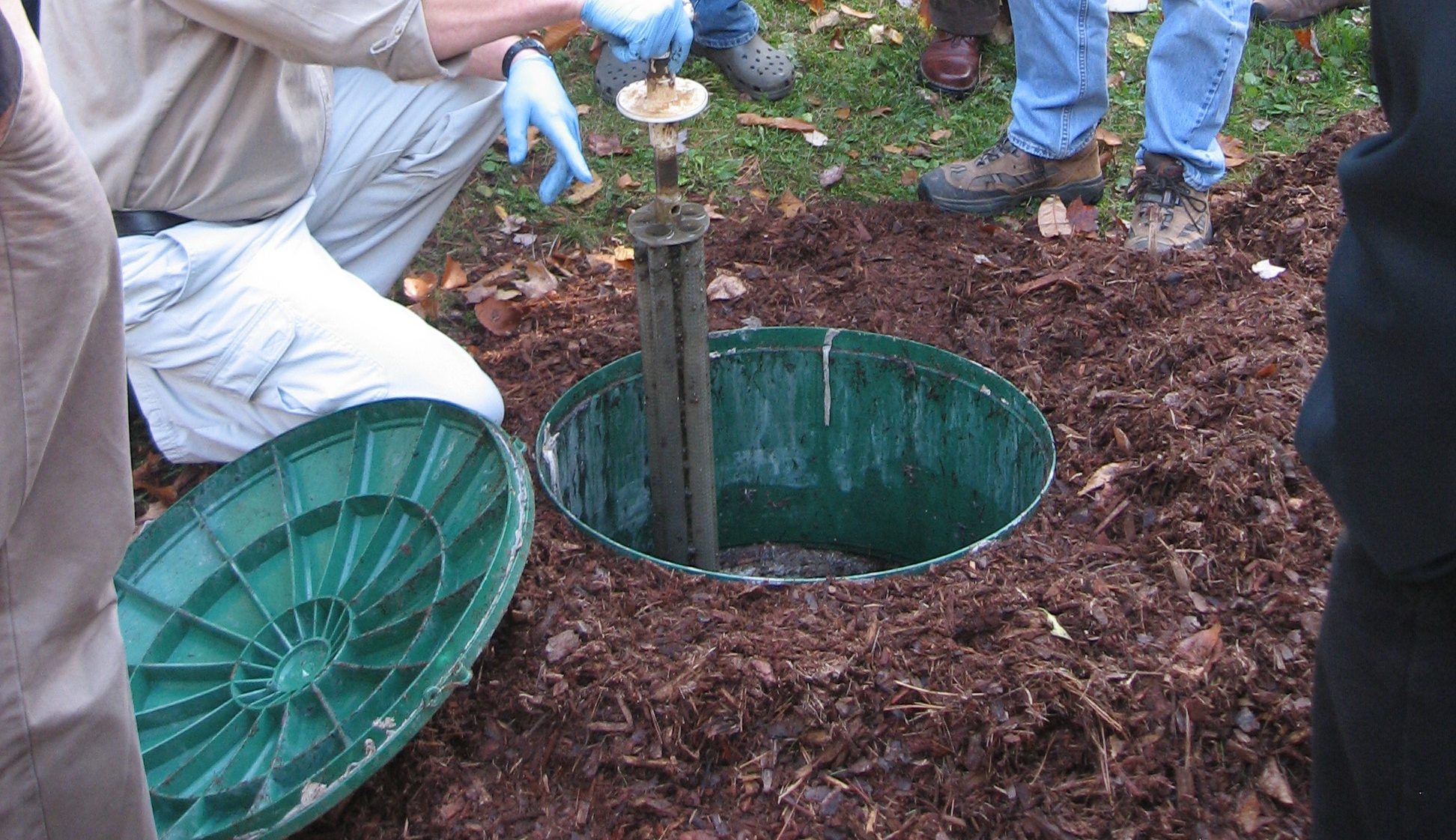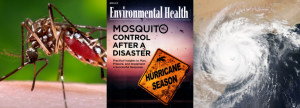Humphrey C , Dillane D*, Iverson G and O’Driscoll M (2021). Water table dynamics beneath onsite wastewater systems in eastern North Carolina in response to Hurricane Florence. Water and Climate Change (in press). doi:10.2166/wcc.2021.303
Abstract
Onsite wastewater treatment systems (OWSs) are commonly used in eastern North Carolina. A vadose zone or vertical separation distance (VSD) between the OWS drainfield trenches and groundwater is required for effective aerobic wastewater treatment. Extreme weather events, including hurricanes, can deliver significant rainfall that influences groundwater levels and reduces the VSD, thus also influencing the treatment of wastewater by the OWS. Few studies have quantified the effects of storms on the VSD. Groundwater levels at three sites with the OWS were monitored before, during, and after Hurricane Florence. Groundwater rose over 1.5 m within 9 h at the sites in response to rain from the hurricane but took more than 3.5 weeks to return to prestorm levels. Groundwater inundated the drainfield trenches for several days at two sites leading to direct discharge of wastewater to groundwater. The hydraulic gradient and the groundwater velocity increased during the storm and the groundwater flow direction shifted, leading to greater dispersion of wastewater impacted groundwater. The wastewater treatment efficiency of the soil-based OWS in coastal areas may lessen over time because of rising water tables and reduced VSD. Individual pretreatment OWSs, elevated drainfields, or centralized sewage treatment may be required in regions with shrinking VSDs.
*Danielle Dillane is a doctoral candidate in the ECU Doctor of Public Health (DrPH) Program, Environmental and Occupational Health (EOH) concentration.



